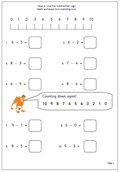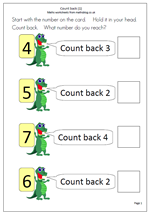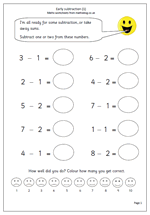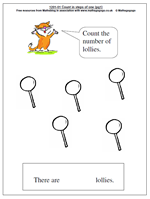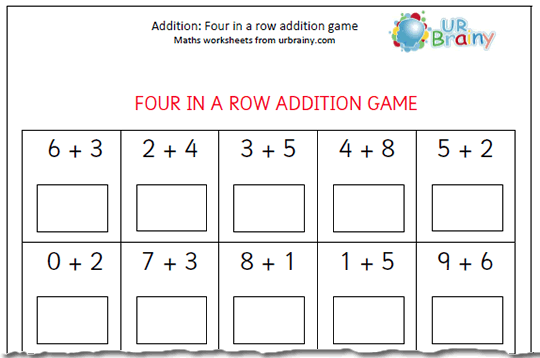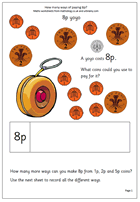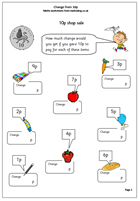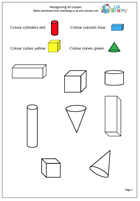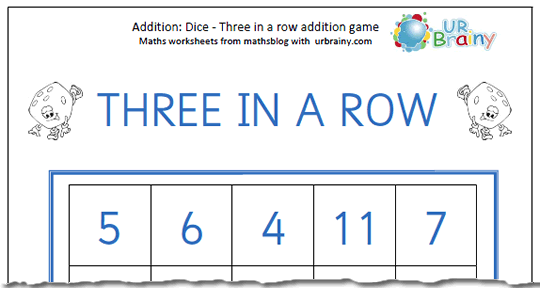In year 1 there are several key addition and subtraction and skills that have to be learned. Addition is related to counting on which children will still need plenty of practice with. It is also important to realise that addition can be done in any order.
Subtraction is seen as ‘taking away’ or ‘finding a difference’.
We have a number of simple addition and subtraction worksheets in our Calculating section of our year 1 resources. One of my favourites is the Dice: 3 in a row game which is a simple two player game involving adding the totals when rolling two dice. A mixture of strategy and luck will help win this game.
